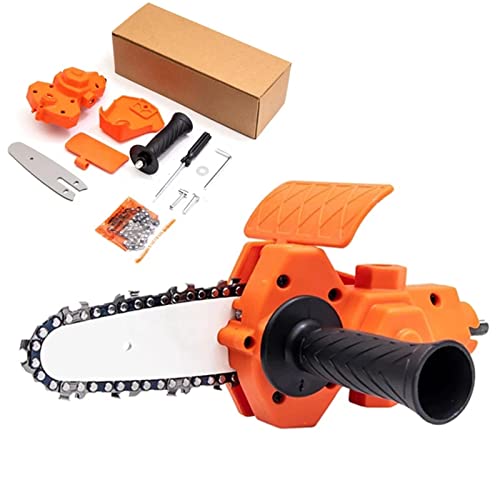SteveSr
Addicted to ArboristSite
So I just did some work. The main things I did were clean the muffler and clean off/ readjust the coil - it appears to have solved the smoke, and excessive heat - hurrah! It’s running decent now. However the racing idle when tipped on its side is still there.
I went to attempt a pressure test (I have plenty of bicycle inner tube) but I couldn’t figure out how to access the impulse line with the carb installed, nor could I find another way to clamp the tube over the inlet port without a fair amount of work making/buying an adapter. The carb has a barb that goes straight into the impulse line, so it is fully covered when the carb is installed. Am I missing something?
Below is a link to a video showing how it is currently running. I’m thinking I had two problems, I solved one, and now I just have to track down an air leak?
From the video - bad crank seals. Well, the saw is only 40-45 years old! Don't try to run it (especially inder load) with an air leak. Also could be a torn intake boot.
Before going further remove the muffler cover and post a photo of the piston and rings as seen through the exhaust port. The piston might already be scored by the P.O.
For leak testing you can use a spark plug adapter and leave the impulse line connected to the crankcase and carb.
Did you use OEM seals? Did you install them to the correct depth?

























































